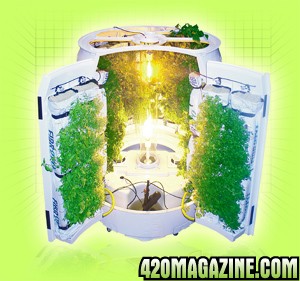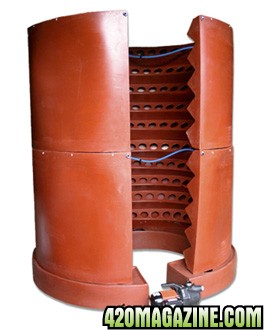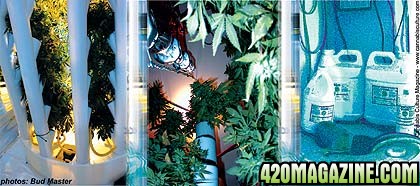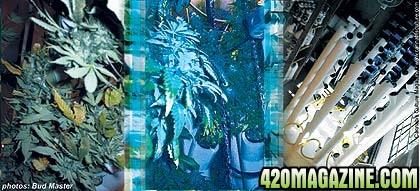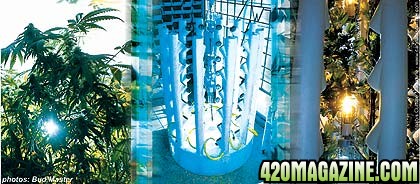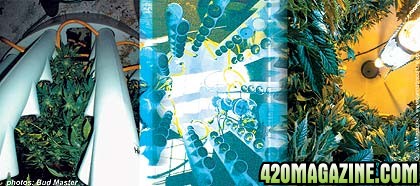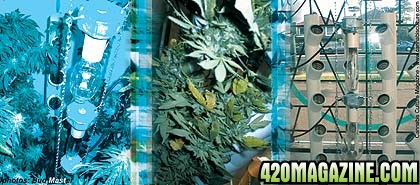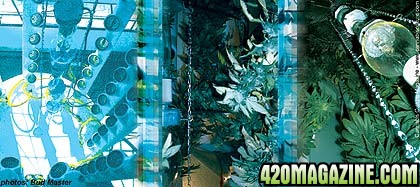Has anyone tried this LED grow light called the SmartLamp from a company called Theoreme Innovation ?
Theoreme Innovation Inc. - Products
I need something more serious than the little lights that are all over the web and this would seem to be it but i would like to know if anyone has used it.
Theoreme Innovation Inc. - Products
I need something more serious than the little lights that are all over the web and this would seem to be it but i would like to know if anyone has used it.



 Looks like a great light. There is an add on to that 1400 as well, a pro bloom option, I didn't see that cost.
Looks like a great light. There is an add on to that 1400 as well, a pro bloom option, I didn't see that cost.